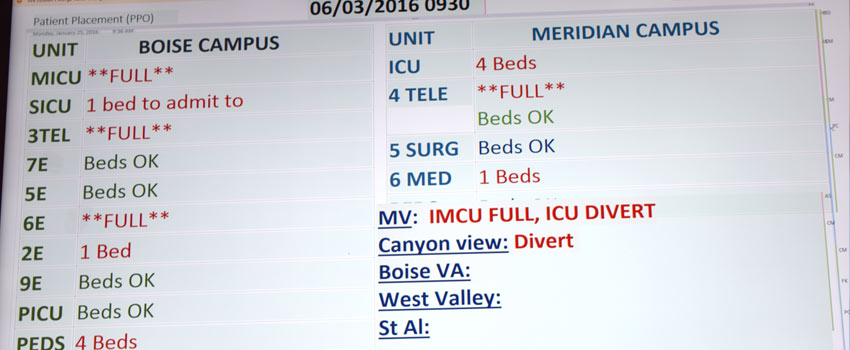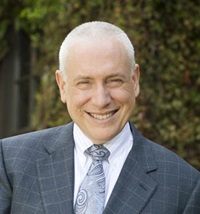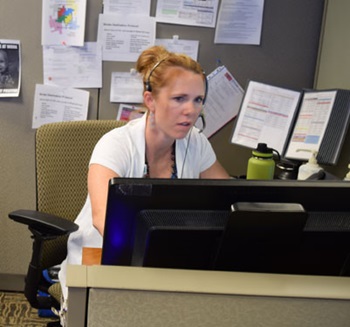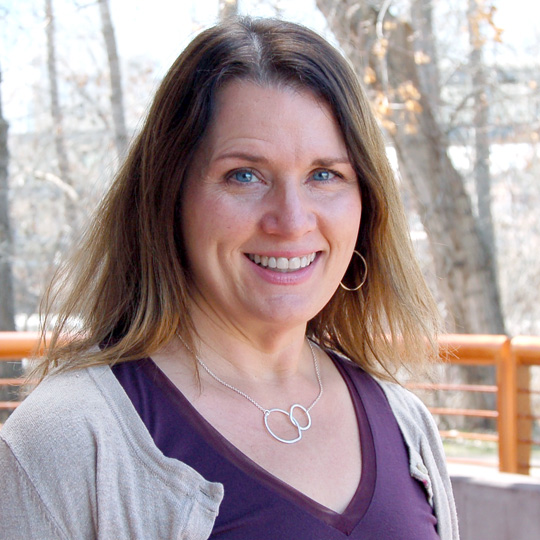Dr. Pate’s Prescription for Change
St. Luke’s Plans for a Full Future: …“We have a high census and it just keeps getting higher.”


An airport control tower, with planes backed up on the tarmac and inbound flights circling, waiting for permission to land.
That is my best analogy for what St. Luke’s transfer center looks and feels like. But in our case, the planes are patients and the flight control operators are nurses.
There is a lot of work that goes on behind the scenes to get patients admitted or transferred into one of our hospitals, as well as to discharge or transfer a patient out. The work only gets more challenging with the growth in the number of patients we are serving and the limited capacity of our current hospitals.
When that capacity is filled, some patients may have to be sent out of the area – and that is not good for patients or their families. That is why the expansion of our Boise downtown campus and the construction of our new Nampa hospital are so critical to meeting the needs of our community. Here is a special report from St. Luke’s Communications Coordinator Chereen Langrill that explains the challenges.
- David C. Pate, M.D., J.D.
The 55-inch monitors mounted on the walls of St. Luke’s transfer center paint a clear picture of the bed census in the Treasure Valley.
On most days, that picture tells a striking story: Boise and Meridian hospitals function at full capacity. It is especially common in Boise.
“We have a high census and it just keeps getting higher,” said Eileen Clayton, patient access manager for the transfer center.
Among the trends transfer center staff members have noticed:
- St. Luke’s is seeing an increase in instances where patients must be sent to Salt Lake City, Portland or Seattle because there is no space available locally.
- When critical access hospitals in rural communities like Weiser and Cassia are full, patients must wait to be admitted to Treasure Valley hospitals.
- Emergency departments are increasingly full because beds are full at other facilities, and patients who are ready to be transferred must remain in the ED until beds are available.
“We’re all competing for the same beds,” said Mary Cronin, St. Luke’s senior director of support services. “It’s a juggling act. There is no day with low census any more.”
Any patient who needs a bed in Boise or Meridian is placed through the transfer center. Located within St. Luke’s offices on Shoreline Drive in Boise, the center operates 24 hours a day, seven days a week, and is staffed mostly by registered nurses who have the clinical background needed to quickly triage patients. Each shift includes two to three nurses and one clerk, and their work covers the entire health system.
“We are a nursing unit,” Clayton said. “We just don’t put our hands on the patient.”
In place for the past five years, the transfer center is the hub for all things connected to patient movement. The center:
- Receives calls from emergency departments, including non-St. Luke’s facilities, looking to find beds for patients who need care and physicians who want to admit patients.
- Facilitates consultations to help determine whether a patient needs to be admitted.
- Manages acceptance into all St. Luke’s facilities and transfers in and out of St. Luke’s facilities, in addition to coordinating transport to all facilities.
Time and numbers dictate the pace within the center, and the staff is constantly assessing where a particular patient can get the appropriate treatment in the shortest amount of time. Given the numerous factors involved, getting a patient into a bed can become a complex dance between multiple providers, a transport team and administrative supervisors at the various locations. It may take eight phone calls to move a patient or as many as 50, depending upon the complexities, Clayton said. Each month, the team places more than 2,000 patients in Boise and Meridian hospitals. In 2015, they handled more than 253,000 calls.
In the past several months, Clayton has noticed a steady increase in Boise’s volume. There is no clear explanation, but it is possible that volume has increased because of the Affordable Care Act, which enables more people to have insurance and better access to care.

And the local population continues to increase. The U.S. Census Bureau listed Boise as one of America’s 20 fastest-growing cities in March of 2015. According to the COMPASS Communities in Motion 2040 Vision forecast, Boise’s population (currently at 210,673) is projected to reach 328,292 by 2040.
Regardless, St. Luke’s has a mission to meet the needs of the communities it serves, and the transfer center staff is doing its part to keep up with the demand for services.
“There’s just not enough beds in the Treasure Valley,” Clayton said.
When the beds are full, the team at the transfer center relies on strong communication to make fast, smart choices. They talk with the administrative supervisors to discuss what is going on in the units where patients might be placed, to determine whether any patients are scheduled for discharge on that day or if there is a patient well enough to discharge ahead of schedule.
Suzanne Adams, a registered nurse and unit-based educator for the transfer center, often calls upon her background as an ICU nurse to make informed decisions at a brisk pace.
“It’s like the emergency department. You never know when the business is going to come,” Adams said.
Of the many scenarios the team faces each day, the greatest challenge is transferring patients from Boise’s ICU into another unit. When someone is ready to be transferred to a floor in the hospital but can’t move because there is no bed space, it impacts that person’s state of mind, Clayton said.
The transfer center team continues with each situation until they find a solution. Adams has managed as many as 10 calls at the same time during days when volumes have soared.
In Clayton’s world, the term for the type of work the team does is “capacity planning,” but she compares the process to air traffic control. The team moves people from one place to another while being mindful of safety and time.
“Our first hope is to keep people at a St. Luke’s facility, where they can receive the best care and remain close to their medical home,” Clayton said.
But it’s a constant challenge. Earlier this year, a stroke patient had to be transferred to Eastern Idaho after it was determined that there were no beds available throughout the Treasure Valley.
With a 30-year history in nursing, Clayton understands how time can impact a patient’s chances for a good recovery.
“Think about the difference 10 minutes can make in a heart attack in terms of the heart muscle,” Clayton said. “So if you are asking me to delay where they are going to go, you are risking their outcome.”
About The Author

Chereen Langrill was formerly a communications coordinator for St. Luke’s Health System.

